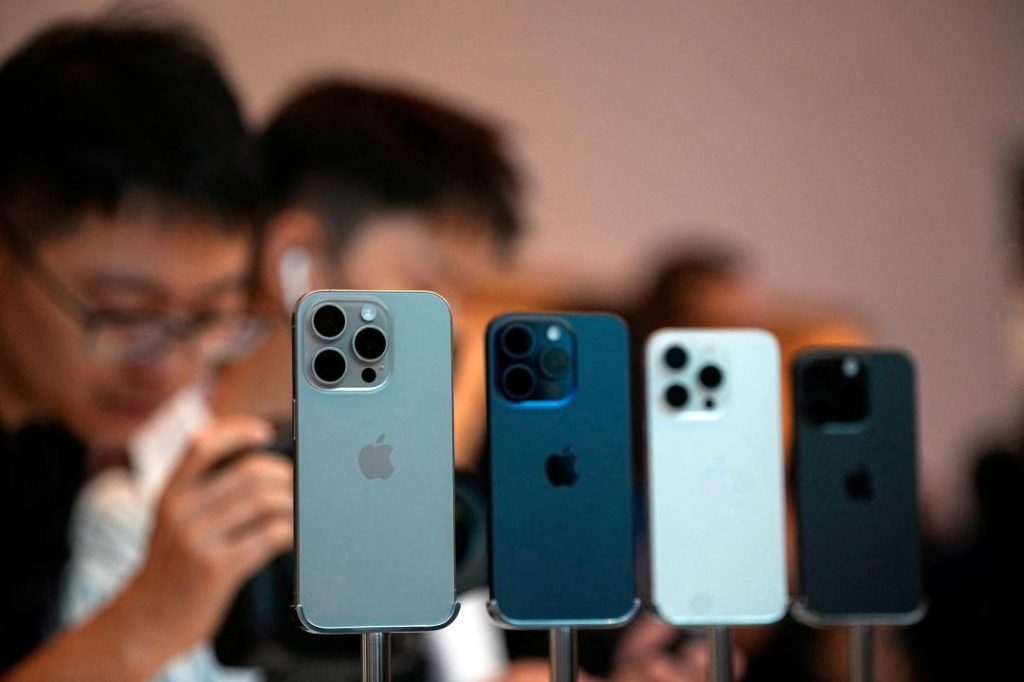
How Much Does it Cost to Make an iPhone & How May it Change Due to US Tariffs?
The iPhone is one of the most sought-after smartphones in the world, and its manufacturing cost is a closely guarded secret. However, a recent report by Moneycontrol has revealed that Apple spends around $580 (over ₹50,000) to make a 256GB iPhone 16 Pro. This cost breakdown is quite fascinating, and it’s essential to understand how these components contribute to the overall cost.
Breaking Down the Cost
According to the report, the A18 Pro chip, which is the brain of the iPhone, costs Apple $90.85. This is a significant component, and it’s no surprise that it’s one of the most expensive parts of the phone. The report also reveals that the rear camera system costs $126.95, which is a substantial chunk of the overall cost. The display, which is another critical component, costs $37.97.
Other components, such as the battery, storage, and housing, also contribute to the overall cost. However, the A18 Pro chip, rear camera system, and display are the most significant contributors to the manufacturing cost. It’s worth noting that these costs are subject to change due to various factors, including tariffs, which we’ll discuss later in this article.
Impact of US Tariffs
The US has been imposing tariffs on Chinese imports, including those used in the production of iPhones. Since many iPhones are assembled in China, the 54% tariffs would apply to the entire manufacturing cost of the iPhone. This means that the manufacturing cost of the iPhone would increase significantly.
To give you an idea of the impact, let’s calculate the new manufacturing cost. Assuming the current manufacturing cost is $580, the 54% tariffs would add $313.20 to the cost. This would bring the total manufacturing cost to around $847 (around ₹73,400).
This, in turn, would increase the retail price of the iPhone, making it more expensive for consumers. Apple would have to absorb some of the cost increase, but it’s likely that they would also pass on some of the costs to the consumers.
How May Tariffs Affect the iPhone Ecosystem?
The impact of tariffs on the iPhone ecosystem is far-reaching. Not only would it increase the cost of the iPhone, but it would also affect the prices of other Apple products and services. Here are a few ways in which tariffs could affect the iPhone ecosystem:
- Increased Prices for Accessories: Tariffs would not only increase the cost of the iPhone but also the cost of accessories such as cases, headphones, and chargers. This could make Apple’s ecosystem more expensive for consumers.
- Higher Cost for Apple Services: Apple’s services, such as Apple Music and Apple TV+, may also become more expensive due to the increased cost of production. This could lead to a decrease in subscriptions and revenue for Apple.
- Impact on Apple’s Supply Chain: Tariffs would also affect Apple’s supply chain, which is heavily reliant on Chinese components. This could lead to shortages and disruptions in the production of iPhones and other Apple products.
Conclusion
The manufacturing cost of an iPhone is a complex and fascinating topic. The report by Moneycontrol has revealed that Apple spends around $580 to make a 256GB iPhone 16 Pro. However, the US tariffs on Chinese imports could significantly increase this cost, making the iPhone more expensive for consumers.
The impact of tariffs on the iPhone ecosystem is far-reaching, and it’s essential to understand how these costs are absorbed by Apple and ultimately passed on to consumers. As the US-China trade war continues to escalate, it’s likely that we’ll see significant changes in the manufacturing cost and retail price of iPhones.






